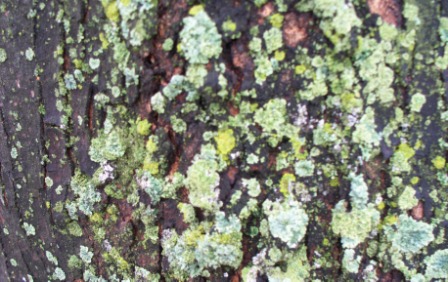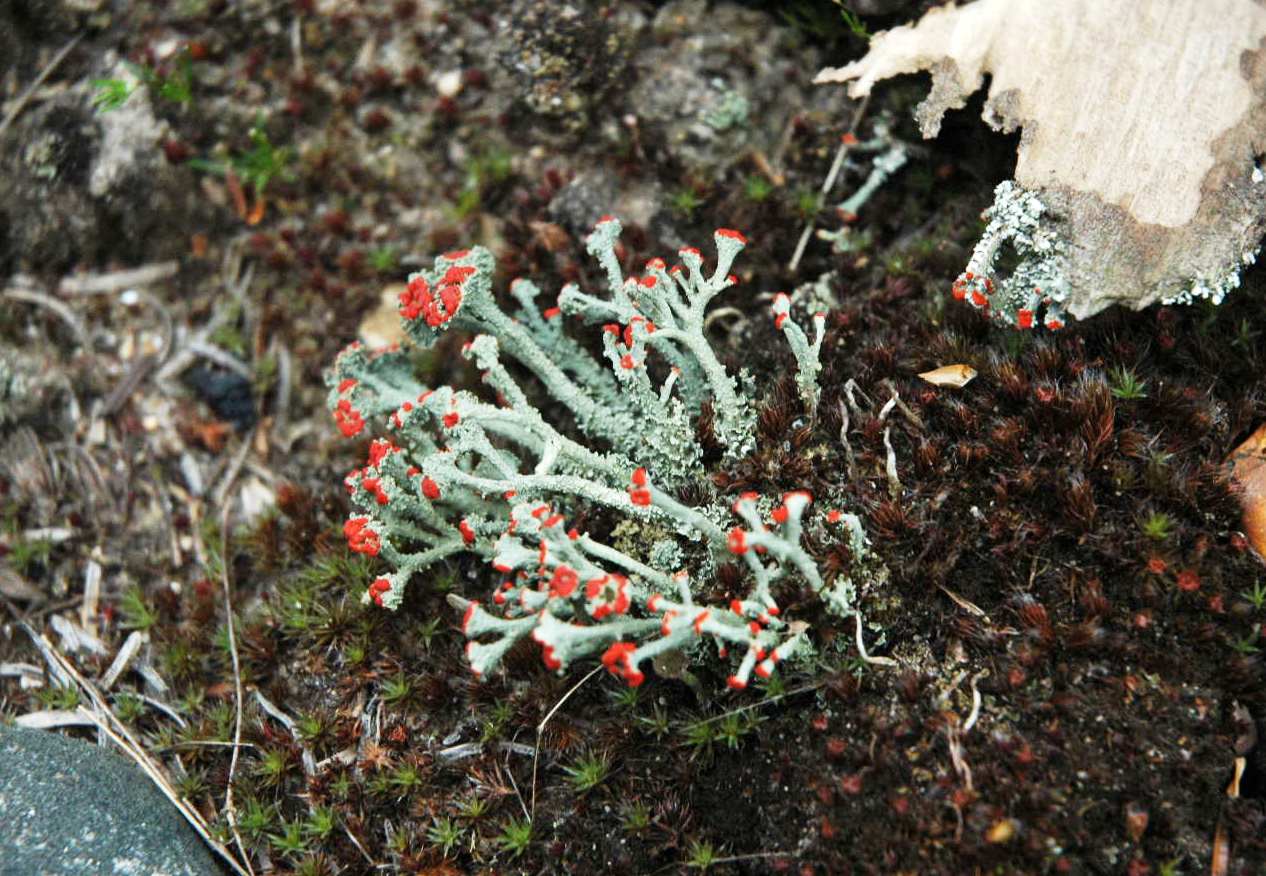Seemingly once a week we see a report in the news about how Science and Math education in the US lags behind many developed countries around the world. http://articles.cnn.com/2011-05-15/us/education.obrien.response_1_math-and-science-national-robotics-competition-education?_s=PM:US
While we typically think of Chemistry and Physics when discussing science education, biology is in there too.
I bring this up because I am continually amazed at how little many people know about basic biology. Some of this funnels its way into extension calls and e-mails. A couple of weeks ago I got a call from a distraught homeowner in a Detroit suburb. “My maple trees are dying”, he told me sincerely. “There are growths all over them. They’re big trees. What do I need to do to save them?”
I tried to get as much information as I could over the phone: How old are the trees? What kind of maple? Describe the site. Describe the symptoms. I told him the problem didn’t sound like typical issues with maples in our area (i.e., not manganese chlorosis, tar spot, gall mites, or verticillium wilt). Diagnosing problems sight unseen is difficult so I asked if he could get me some digital photos. “Yeah, my son has a digital camera. We can do that.” Later that week I got a series of digital photos like the one below.

Lichens on maple
I informed him the growths on the trees were lichens, a combination of a fungus and algae; they’re normal and they don’t harm trees. I gave him a quick biology lesson on lichens and pointed out that some of the pictures he sent were of lichens growing on the sidewalk. The algae part of the lichen is photosynthetic so they just need a place to hang out – a tree, a sidewalk or a piece of wood all work fine.

British soldier lichens
One of my all time favorite bumper stickers says, “If you think education is expensive, try ignorance”. I suspect if this homeowner had happened to call an unscrupulous tree service instead of MSU Extension, they would have been more than happy to ‘treat’ the problem and sign him up for their deluxe 8-step pest and micro-nutrient maintenance plan. Sometimes a little knowledge can go a long ways.
I’ve been told that Lichens are susceptible to air pollution, so their presence is actually a good indicator of a healthy environment.
In a former life as an Extension Agent with Cornell Cooperative Extension, I once had an elderly couple bring in a fairly large garbage bag filled with bark (including much cambium) they had removed from the trunk of their favorite shade tree. They feared the “disease” that had infected their tree would kill it, so they felt it would be best to remove the infected bark and brought it to our office for identification. Needless to say, they were beyond dismayed when I explained the “disease” was actually a healthy growth of lichens that would not hurt
their tree at all – though by removing so much bark and wood, they had quite likely done the tree in themselves. True story!
I read an article about 10 years ago that said lichens had become fairly rare in the Midwest because of the air pollution especially CO2. The Clean Air Act (in the 60’s?) was passed and lichens have been making a comeback ever since.
My favorite story: I was visiting the cloisters in NYC and overheard some women talking by a rose bush, saying “What are those red things?” (talking about rose hips).
I have also heard that lichens indicate good air quality–they are abundant on one of my backyard trees–especially in light of the recent post about urban farming!
Yes, Lichens and mosses are like the proverbial ‘canary in the mine’ and being extensively studied as bio-indicators for pollution. There is a large program in the Pacific Northwest http://www.fs.fed.us/r6/aq/lichen/
Great information. Out here in Nevada we don’t get to see lichens growing on trees or anywhere and I’m pretty sure it’s because of our low humidity. If I saw something like that on one of my trees I too would be alarmed that it’s some sort of invasive fungus. But I suppose it would look different.
I’ve noticed that lichens are more abundant on the north sides of trees where they get no sunlight. So if you’re ever lost in the forest, let the lichens guide you.